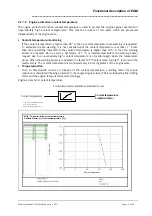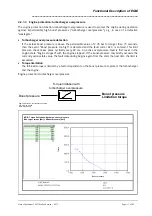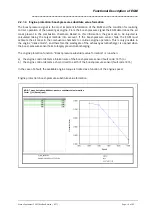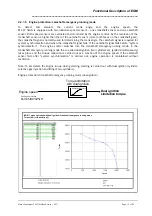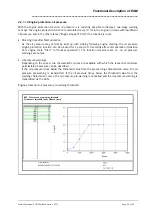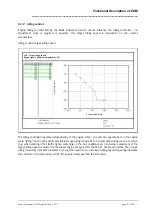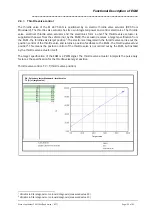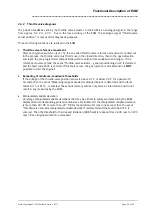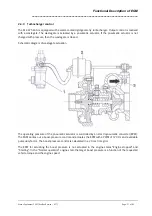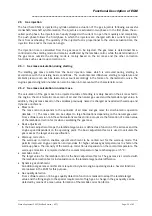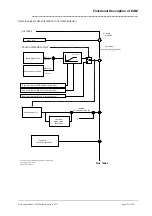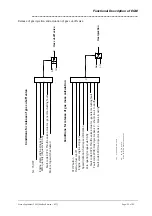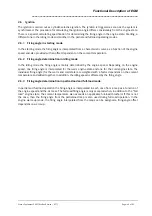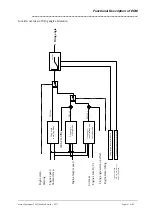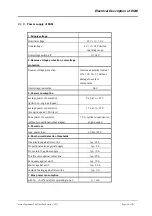
Functional Description of EGM
_____________________________________________________________________
Status September 2003 (EvoBus-Service / AFT)
Page: 30 of 83
2.4.2
Throttle valve diagnosis
The position feedback sent by the throttle valve actuator to the EGM is an analogue signal in the range
from approx. 0.3 V to 4.7 V. Due to the low accuracy of the EGM, the analogue signal "throttle-valve
actual position" is only used for diagnostic purposes.
Three monitoring functions are realised in the EGM.
•
Throttle-valve reference movement
After each ignition switch-on (Ter. 15), the so-called throttle-valve reference movement is carried out.
In the process, the throttle valve must first move in the closed direction, then in the open direction
and reach the pre-programmed end positions within a certain time window when doing so. If the
reference movement fails, the event "Throttle valve actuator – general positioning error" is detected
and the fault code 8378 is entered. If this fault occurs, the gas injection is blocked and it is
NOT
possible to start the engine!!
•
Exceeding of minimum/maximum thresholds
If the voltage of the throttle-valve position sensor is above 4.7 V or below 0.3 V for a period of 2
seconds, then the event "Measuring range exceeded or dropped below" is detected and the fault
codes 8116 or 8115 is entered. These fault memory entries only serve as information and do not
result in any measures by the EGM.
•
Manipulated variable deviation
Very large manipulated variable deviations that may be critical to safety are detected by the EGM,
displayed and corresponding protective measures are initiated. If the manipulated variable deviation
is more than 30 °DK or more than -20 °DK for the duration of at least one second, then the event
"Throttle-valve actuator manipulated variable deviation" is detected and the fault code 8374 is
entered. Then the threshold for hard speed limitation (DRB hard) is reduced from 2,400 rpm to 1,200
rpm (
Æ
see Engine protection: overspeed)

